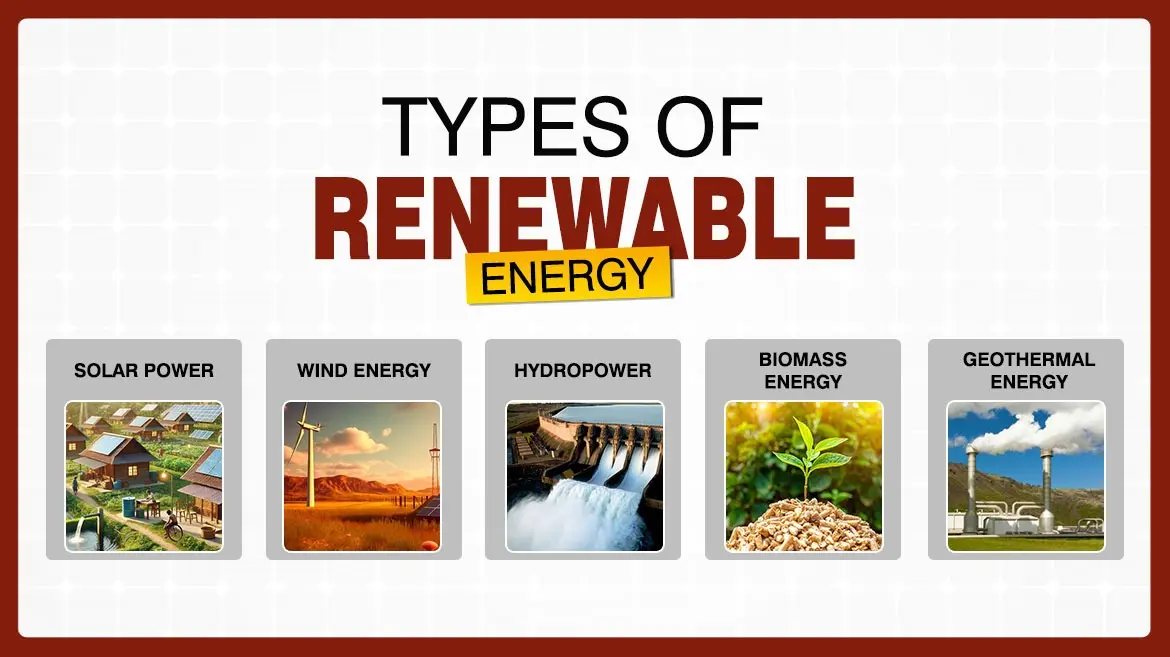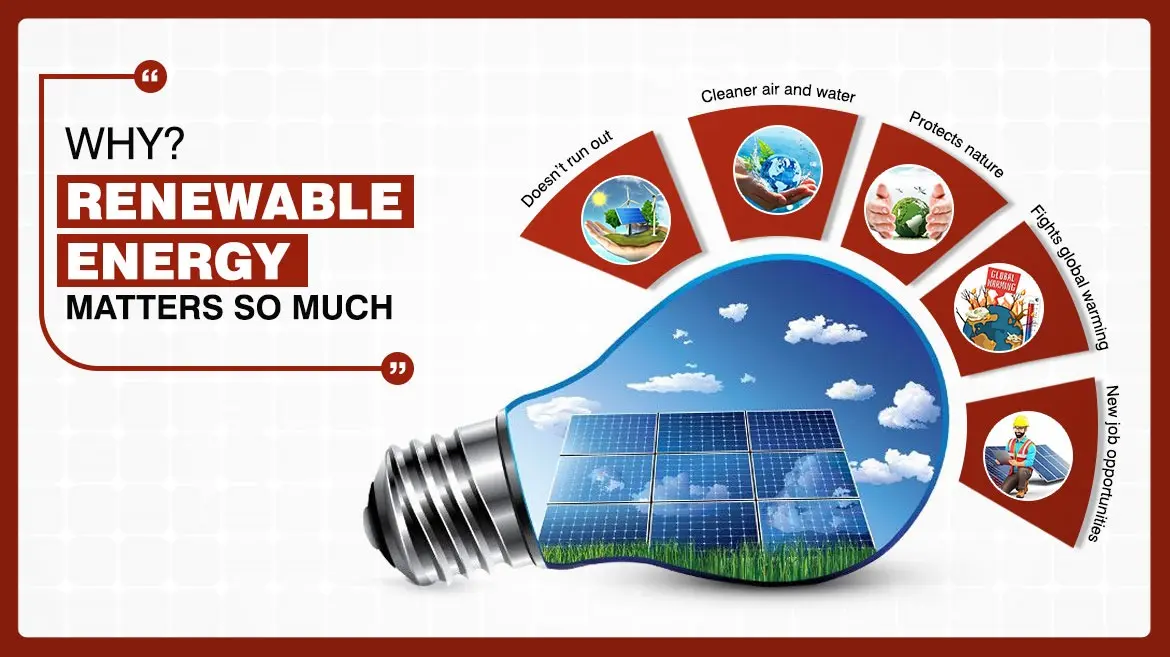What Is Renewable Energy?
Every time we switch on a fan, charge our phone, or heat water, we’re using electricity. But where does this energy come from? In many places, it still comes from burning coal or oil — things that can harm our environment. Thankfully, there’s another way: renewable energy.
Renewable energy comes from natural sources that don’t run out — like the sun, wind, and water. In this blog, we’ll explain what renewable energy is in a simple way, why it matters, and how it’s changing the way the world makes power.
What Does “Renewable” Actually Mean?
“Renewable” means it keeps coming back. When we say renewable energy, we mean energy from sources that naturally renew themselves. The sun rises every day, rivers keep flowing, and the wind keeps blowing. These sources don’t get used up, even if we use their energy every day.
Compare that to fossil fuels like coal, gas, and oil — which take millions of years to form and will run out one day. They also create pollution. Renewable sources are the opposite — they’re clean and unlimited.
Types of Renewable Energy

Here are some of the most common types of renewable energy used around the world:
1. Solar Power
- Solar panels catch sunlight and turn it into electricity.
- Commonly used on rooftops of homes, offices, and schools.
- Also used to heat water or run streetlights.
2. Wind Energy
- Wind turns large blades on windmills or turbines.
- These spinning blades generate power.
- Found in open fields, hills, and coastal areas where wind is strong.
3. Hydropower (Water Energy)
- Uses flowing rivers or water stored in dams.
- The movement of water turns turbines to create electricity.
- Used a lot in hilly regions with strong river flow.
4. Biomass Energy
- Comes from natural waste like wood, crop leftovers, or animal waste.
- Burned or converted into gas for power.
- Used in rural areas and even some factories.
5. Geothermal Energy
- Uses heat from deep inside the Earth.
- Used for heating buildings or making electricity.
- Works best in volcanic or rocky regions.
Why Renewable Energy Matters So Much

Here’s why we should care about renewable energy:
- Cleaner air and water – It doesn’t release harmful smoke or chemicals.
- Doesn’t run out – We won’t wake up one day with no sun or wind.
- Protects nature – Less damage to land and wildlife.
- Fights global warming – Reduces carbon dioxide that causes climate change.
- New job opportunities – From solar panel makers to wind farm technicians.
The switch to clean energy is good for our health, economy, and environment.
How We Use Renewable Energy Every Day
Renewable energy isn’t just for scientists or big projects. It’s being used in more everyday ways than we think:
- Solar panels on homes – People use them to power fans, lights, or charge batteries.
- Solar water heaters – Used for bathing, especially in colder regions.
- Electric buses and cars – In many cities, public transport runs on solar or wind-generated power.
- Street lighting – Many villages and towns use solar-powered lamps.
- Rural pumps – Farmers use solar pumps for water irrigation.
Even in cities like Delhi, Bengaluru, or Pune, renewable energy is becoming part of daily life.
What’s Holding Us Back?
Despite its benefits, renewable energy has some challenges too:
- Weather dependent – Solar doesn’t work well on cloudy days, and wind farms need good wind.
- Costly to install – Panels, batteries, and turbines cost a lot at first.
- Takes space – Wind and solar farms need large areas of land.
- Storage issues – Storing power for night-time or low-sun days is still expensive.
But the good news? These problems are slowly being solved with better batteries, smarter designs, and more investment.
The Future Is Looking Bright
India and many other countries are already taking big steps toward renewable energy:
- Large solar parks are being built in Rajasthan, Gujarat, and Ladakh.
- Wind energy is growing in Tamil Nadu and Maharashtra.
- Rooftop solar systems are becoming popular in homes, offices, and schools.
- Even small villages are being powered by solar mini-grids.
Young students, engineers, and businesses are stepping into this field, making it one of the fastest-growing career areas today.
FAQs
Q: Is solar the best form of renewable energy?
A: Not always. It depends on your location and needs. Wind, hydro, and biomass are great too.
Q: Can a home run 100% on solar power?
A: Yes, if it gets good sunlight and has enough panels and batteries.
Q: Is renewable energy expensive?
A: The initial cost is high, but over time it becomes cheaper than traditional electricity.
Q: Does renewable energy work in villages?
A: Yes! In fact, it’s perfect for villages that don’t have stable electricity.
Q: Are batteries required for all renewable setups?
A: Not always. But for using power at night or on cloudy days, storage helps.
Conclusion
Renewable energy is not just a trend — it’s the smart way forward. Whether it's a solar panel on your roof, a windmill on a hill, or a hydro dam in a river — these clean power sources are helping build a better, greener future.
They may not be perfect yet, but they’re improving fast. With time, effort, and support, renewable energy can be the main way we power our homes, schools, and cities.
And the best part? It’s something that helps everyone — people, animals, and the planet.
